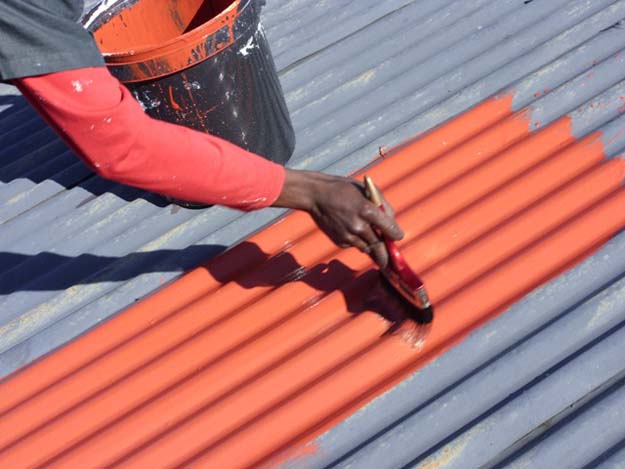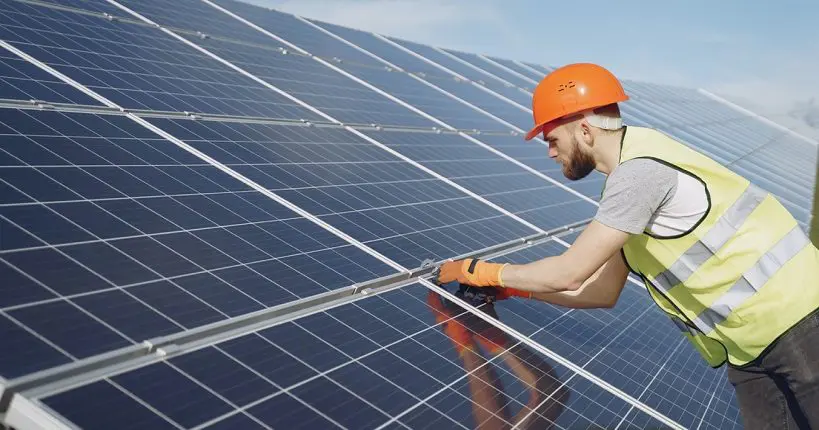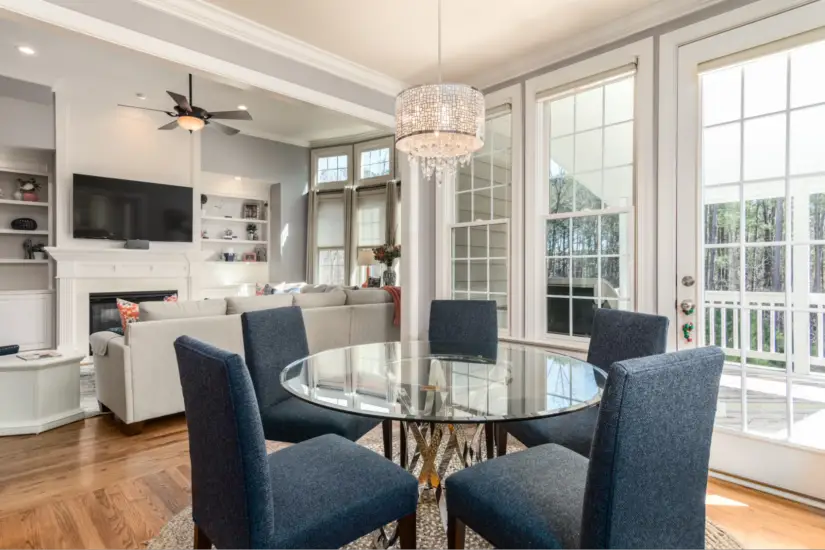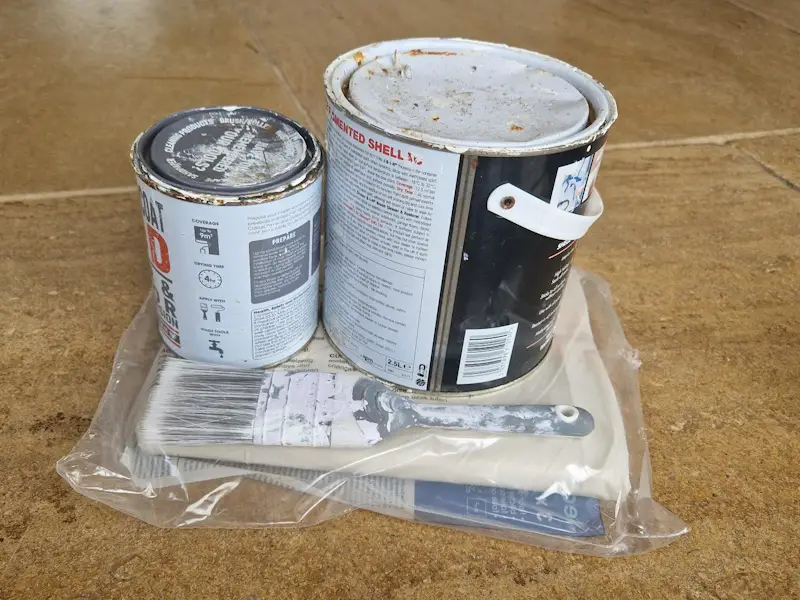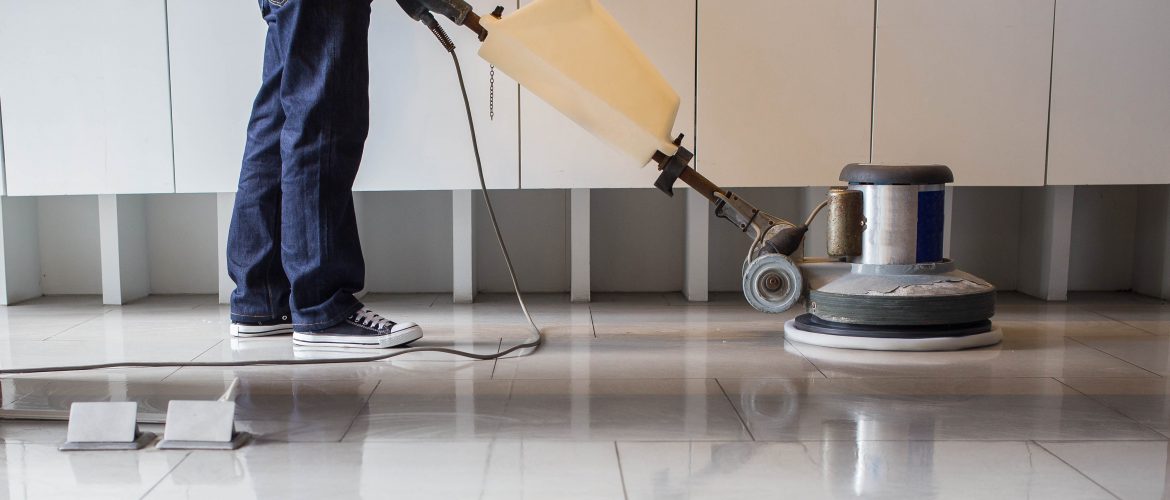Corrosion is an oxidation-reduction reaction in presence of an electrolyte, which leads to metal deterioration. For materials like steel and iron, corrosion leads to rust. It is a nuisance severely affecting the lives of many house elements made of iron or steel.
Rust is a common term used for iron oxidation and its blends, and corrosion. Rust is iron oxide (Fe203), also known as hydrated iron (III) Oxide, and it occurs when iron reacts with oxygen and water – a reaction known as oxidization.
There are three main types of rust. Though some are regularly occurring others, all of them can be prevented using the right corrosion treatment and rust prevention methods.
Crevice Corrosion
This rusting occurs in the gap between a bolt and a nut. It usually occurs in restrained spaces, hence the name ‘crevice.’
Cavity and Pitting Corrosion
This type occurs on exposed steels used in infrastructure development. This rust leads to a reduction of metal piece thickness and strength, which varies from deep and narrow to shallow and broader.
Contact Corrosion
This occurs whenever a rusting piece of metal gets into contact with non-rusting stainless steel. Subsequently, it causes the deposits of iron oxide at the contact point.
Factors that lead to augmented rust include temperature changes, geographical elements, and increased humidity. Heavy salty surroundings may also contribute to an increase in corrosion since rust develops quickly in salty water compared to pure water.
Corrosion on the metallic part leads to deterioration of the metallic state, destroys the adjacent parts, and changes the overall outlook.
Even though paints are geared for metal surface protection, not all oil-based paints are anti-corrosive. Oil-based paints are used for mere metal decoration and can protect it against climatic corrosion partially, but won’t withstand the extreme corrosion which is caused by numerous gases and industrial chemicals.
Corrosion can occur on a metal system where potential differences on the surface exist. These potential differences may be as a result of various chemical composition such as:
- Pinholes
- Scratches
- Contamination
- Coating layer variations
Corrosion in Coating Inhibitors
Although coating plays an essential role in corrosion prevention, liquid corrosion inhibitor improves and preserves metal against rust. There are numerous anti-corrosion pigments, but to name a few, like in synergy or clear coats. Synergy increases paint corrosion resistance and is also able to:
- Lower anti-corrosion pigment amount
- Offers alternative and outstanding results to combat environmental waste and reduce cost
What Are the Strategies for Controlling or Reducing Corrosion?
Sacrificial Anode
A formulation of paint, rich in pigment protection, based on Zinc.
Metal Property Modification
Pre-treatment is essential in improving the metal corrosion resistance.
Non-Metallic Materials
However, this may not be all effective in the final product requirement.
Electric Current for Electrons Supply
It can be, however, expensive, and sometimes not realizable.
Organic Inhibitor Corrosion Agent
Based on several elements like acid, amine, salts, and polymers; it forms a preventive barrier on the metal exterior by stopping chemical reaction, hence prevents the development of rust.
What Are Some Factors That Influence Corrosion of Coatings?
Coating Layer Quality
Craters, pinholes, and other surface defects may weaken metal fortification.
Surface Quality
A heterogeneous surface increases the risk of corrosion, but a treated surface enhances protection. Ensure the surface is contamination-free before the coating application process begins.
Coating Layer Adhesion
This creates a preventive barrier on the surface of the metal. Lack of adhesion is the target point for the development of rust.
Corrosion-resistant coatings guard metal components against degradation due to salt, oxidation, moisture, or exposure to various industrial or environmental chemicals. Anti-corrosive paints obstruct rusting by preventing direct access of water and air directly into the metal.
Anti-corrosion coating is a barrier that hinders contact between corrosive materials and chemical compounds and allows for additional protection of the metal surface.
Anti-corrosive paint is a corrosion-resistant pigment composition including lead chromate, zinc chromate, zinc dust, red lead, or zinc oxide. Anti-corrosive paints can be used for structural steelwork preservation against hostile weather conditions and acid fumes.
They are also used to paint steel roof trusses in homes and M.S railings for door frames, staircases, balconies, compound gates, window grills, etc.
What are Anti-Corrosion or Anti-Rust Coatings?
Inorganic Zinc
This is a corrosion protection form used for blasted metal exteriors. It’s effective against salt attack, weathering, and solvents.
Inorganic Zinc is compatible with a wide variety of surfaces which further enhances its corrosion protection qualities.
Inorganic zinc can be applied to silicones, acrylics, phenolics, epoxies, etc. It’s suitable for chemical refineries and plants, industrial tanks, and silos.
Epoxy
The epoxy sets the standard in industrial coatings. Though it’s viewed as a flooring system, epoxy can be used for various industrial activities. Different epoxy formulations have different temperature and conductive resistance properties. Epoxy is in two types (Air Dry Epoxy and Thermal Cure Epoxy coatings)
Air dry epoxy is exclusively a metal surface coating, while thermal cure epoxy offers exceptional abrasion resistance for anti-corrosion protection.
Phosphate
It’s used for steel and other metal conversions. Its crystalline structure is used for pre-treatment before painting or coating an industrial surface. Apart from improving the sliding component of metal, it offers corrosion protection. By use of a suitable oil topcoat, phosphate inhibits rust on threaded components.
Fluoropolymer
This is a high-performance blend of resins that is combined with fluoropolymer lubricants. It is made with an excellent solid film lubricant for abrasion control and to lower friction. Fluoropolymer is ideal for use in both low and high-temperature environments.
Not only can it be used as a corrosion-resistant agent, but it also resists corrosive chemicals. And it’s electrical resistant. These traits combination makes it fit for OEM components and fasteners, to prolong their lifespan.
The primary purpose of anti-corrosion paint is to prevent a structure from forming rust and to increase its durability.
The durability of a structure depends on the following:
- Surface exposure
- System maintenance
- Surface condition
- Primer type and paint used
- The protection process condition
If you are painting for performance or aesthetics, some areas need more considerations than others, but your operational requirements and budget will dictate what to paint and when. Though purchasing paint and the coating process may be expensive, going for the correct paint and getting the right materials will save you money and time.
Prevent Rust and Corrosion in Industrial Settings with Mobile Industrial Coatings
If you would like to learn more about how you can prevent damage to your equipment or buildings, or restore them to their condition prior to the damage caused by moisture, then you need the services of a painting contractor in Vancouver. At Hydro-Tech Power Washing, we can come to you to deliver our top-tier services, regardless of the location of your job site. We welcome inquiries from industrial and commercial customers alike, so please contact us today.
